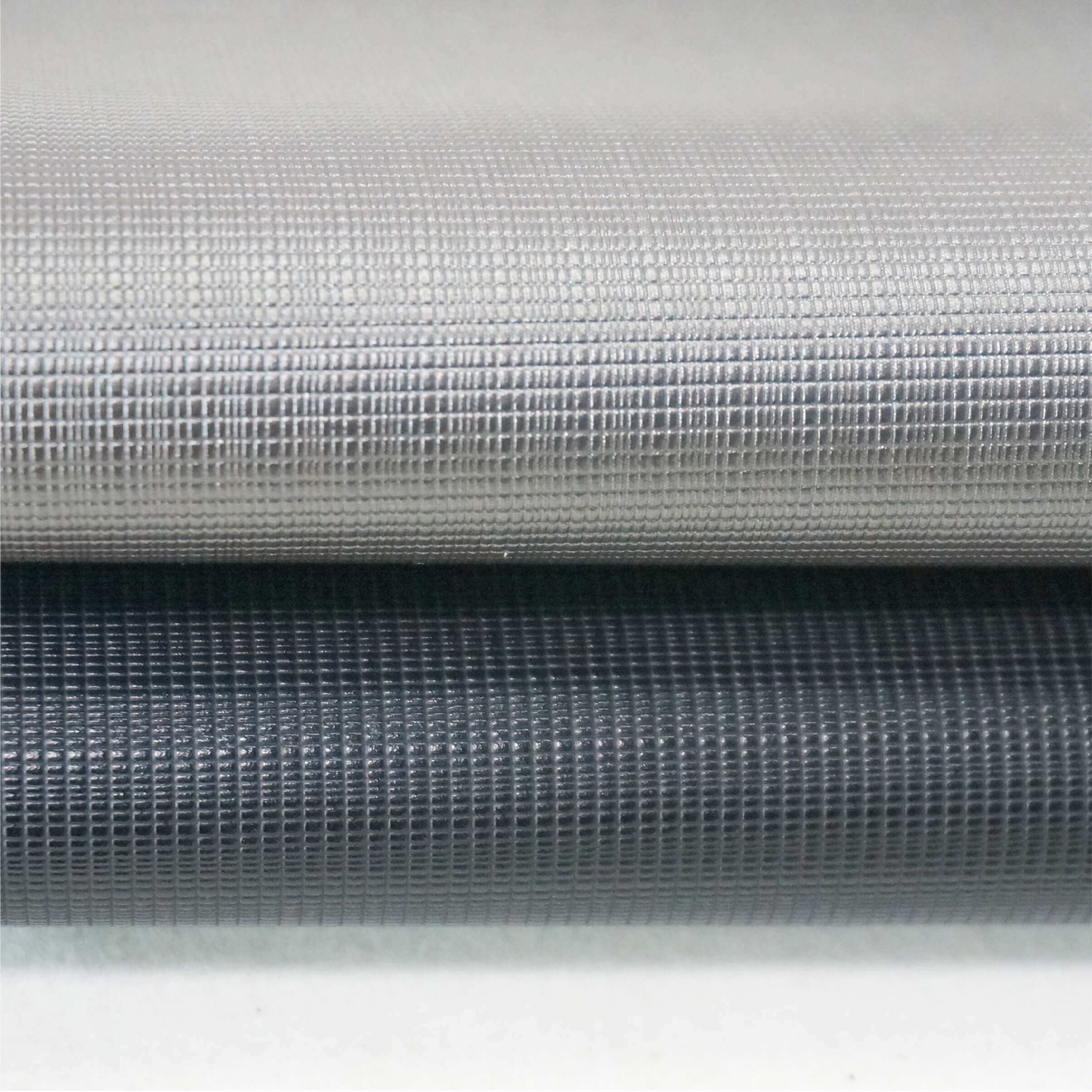Email format error
Email cannot be empty
Email already exists
6-20 characters(letters plus numbers only)
The password is inconsistent
Email format error
Email cannot be empty
Email does not exist
6-20 characters(letters plus numbers only)
The password is inconsistent

News

Mock Leather Fabric: The Ultimate Guide to Versatile and Sustainable Alternatives
In the ever-evolving world of textiles, mock leather fabric has emerged as a versatile and sustainable alternative to traditional leather. This synthetic material is gaining popularity in various industries, from fashion to automotive, due to its cost-effectiveness, durability, and ethical production methods. This post will delve into the world of mock leather fabric, exploring its types, benefits, applications, and much more.
What is Mock Leather Fabric?
Mock leather fabric, also known as faux leather or synthetic leather, is a man-made material designed to mimic the look and feel of genuine leather. It is typically made from a base fabric coated with a synthetic polymer, such as polyurethane (PU) or polyvinyl chloride (PVC). These materials are crafted to provide the aesthetic appeal of leather without the ethical and environmental concerns associated with animal products.
Types of Mock Leather Fabric
PU Microfiber Leather Fabric
PU microfiber leather fabric is a high-quality synthetic leather known for its durability and softness. It is made by coating a microfiber base with polyurethane, resulting in a material that is not only aesthetically pleasing but also highly resistant to wear and tear. The leather fabric is commonly used in the fashion industry for making bags, shoes, and clothing.
PVC Synthetic Leather Fabric
PVC synthetic leather fabric is another popular type of mock leather. It is created by coating a fabric base with polyvinyl chloride, which gives it a shiny, waterproof surface. PVC synthetic leather is widely used in the production of upholstery, automotive interiors, and various fashion accessories. Its resistance to moisture and ease of maintenance make it a practical choice for many applications.
Benefits of Mock Leather Fabric
Cost-Effective
One of the most significant advantages is its affordability. Compared to genuine leather, synthetic leather is much more cost-effective, making it accessible to a broader range of consumers. This affordability does not come at the expense of quality, as modern production techniques ensure that mock leather is both durable and attractive.
Environmentally Friendly
Mock leather fabric is often touted as a more sustainable option than genuine leather. The production of synthetic leather does not involve the use of animal hides, reducing the demand for livestock farming, which has a significant environmental footprint. Additionally, many manufacturers are adopting eco-friendly practices in the production of mock leather, such as using water-based adhesives and recycled materials.
Versatile and Customizable
Mock leather fabric is incredibly versatile and can be customized to meet specific design requirements. It is available in a wide range of colors, textures, and finishes, allowing designers to create unique and innovative products. This versatility extends to its applications, as mock leather can be used in everything from high-fashion garments to industrial products.
Durability and Maintenance
Synthetic leather is renowned for its durability. It is resistant to scratches, stains, and fading, making it an excellent choice for items that need to withstand daily wear and tear. Additionally, mock leather is easy to clean and maintain, requiring only a simple wipe-down with a damp cloth to keep it looking new.
Applications of Mock Leather Fabric
Fashion Industry
The fashion industry has embraced mock leather fabric for its ethical and aesthetic qualities. Designers use synthetic leather to create stylish and cruelty-free clothing, shoes, bags, and accessories. The ability to produce mock leather in various colors and finishes allows for endless design possibilities, from sleek and modern to classic and timeless.
Automotive Industry
Mock leather fabric is also prevalent in the automotive industry. It is used for car seats, dashboards, and interior panels, providing a luxurious look without the high cost of genuine leather. The durability and easy maintenance of synthetic leather make it ideal for automotive applications, where longevity and ease of cleaning are crucial.
Furniture and Upholstery
In the realm of furniture and upholstery, mock leather fabric offers an attractive and practical alternative to traditional leather. It is used for sofas, chairs, and other upholstered items, providing a comfortable and stylish finish. The water-resistant properties of synthetic leather also make it suitable for outdoor furniture and marine applications.
Accessories and Footwear
Accessories and footwear are other areas where mock leather fabric shines. From belts and wallets to shoes and boots, synthetic leather provides the look and feel of genuine leather with added benefits such as improved durability and lower cost. The ability to produce mock leather in a variety of textures and patterns allows for creative and unique accessory des
igns.
How to Care for Mock Leather Fabric
Cleaning and Maintenance
Maintaining mock leather fabric is relatively simple. Regular cleaning with a damp cloth and mild soap will keep the material looking fresh and new. For tougher stains, a solution of water and vinegar can be used to gently clean the surface. It is important to avoid using harsh chemicals or abrasive cleaners, as they can damage the synthetic coating.
Storage Tips
Proper storage of mock leather items can prolong their lifespan. It is recommended to store synthetic leather products in a cool, dry place away from direct sunlight, which can cause fading and cracking. Using protective covers for larger items like furniture can also help prevent dust and dirt buildup.
Repairing Minor Damage
Minor damage to mock leather fabric can often be repaired at home. Small scratches or scuffs can be treated with a leather conditioner or a color-matching repair kit. For more significant damage, professional repair services are available to restore the material to its original condition.
The Future of Mock Leather Fabric
Technological Advancements
The future looks promising, with ongoing technological advancements leading to even better quality and sustainability. Innovations in materials science are paving the way for more eco-friendly production methods and improved synthetic leather products. For example, researchers are exploring the use of plant-based materials and bio-based polymers to create sustainable alternatives to traditional synthetic leather.
Growing Market Demand
As consumers become more conscious of ethical and environmental issues, the demand for leather fabric is expected to grow. The fashion and automotive industries are particularly poised to expand their use of synthetic leather, driven by consumer preferences for cruelty-free and sustainable products. This growing demand is likely to spur further innovation and investment in the development of high-quality mock leather.
Ethical Considerations
The ethical implications are a significant factor in its rising popularity. By choosing synthetic leather, consumers can make a positive impact by reducing the demand for animal products and supporting more sustainable manufacturing practices. This shift towards ethical consumption is reflected in the increasing number of brands and designers committed to using cruelty-free materials in their products.
Conclusion
Mock leather fabric is a versatile, cost-effective, and sustainable alternative to genuine leather. Its wide range of applications, from fashion to automotive, coupled with its durability and easy maintenance, make it an attractive choice for both consumers and manufacturers. As technological advancements continue to improve the quality and sustainability of synthetic leather, its popularity is set to grow, offering a viable and ethical option for those seeking the look and feel of leather without the associated environmental and ethical concerns.

